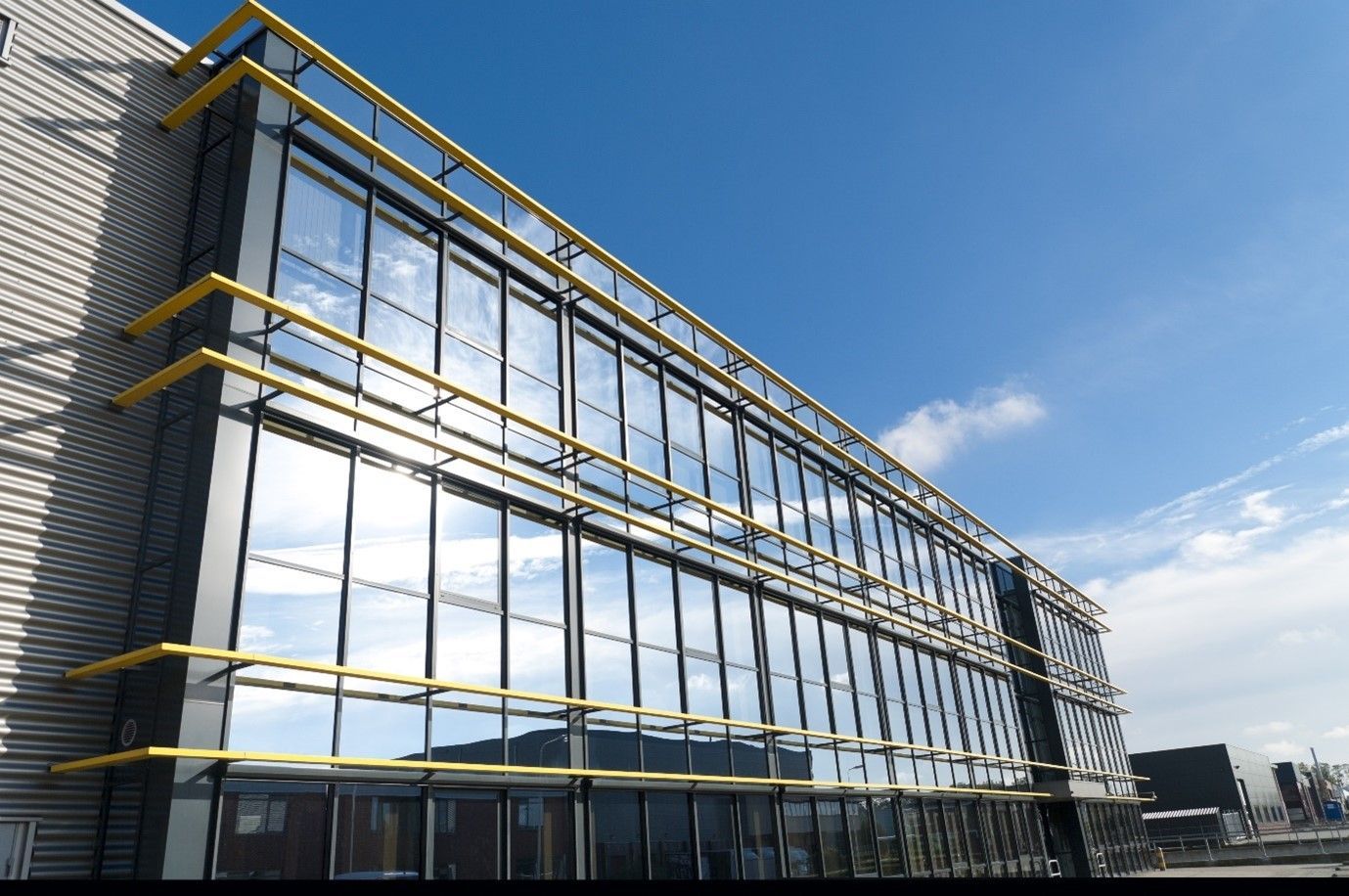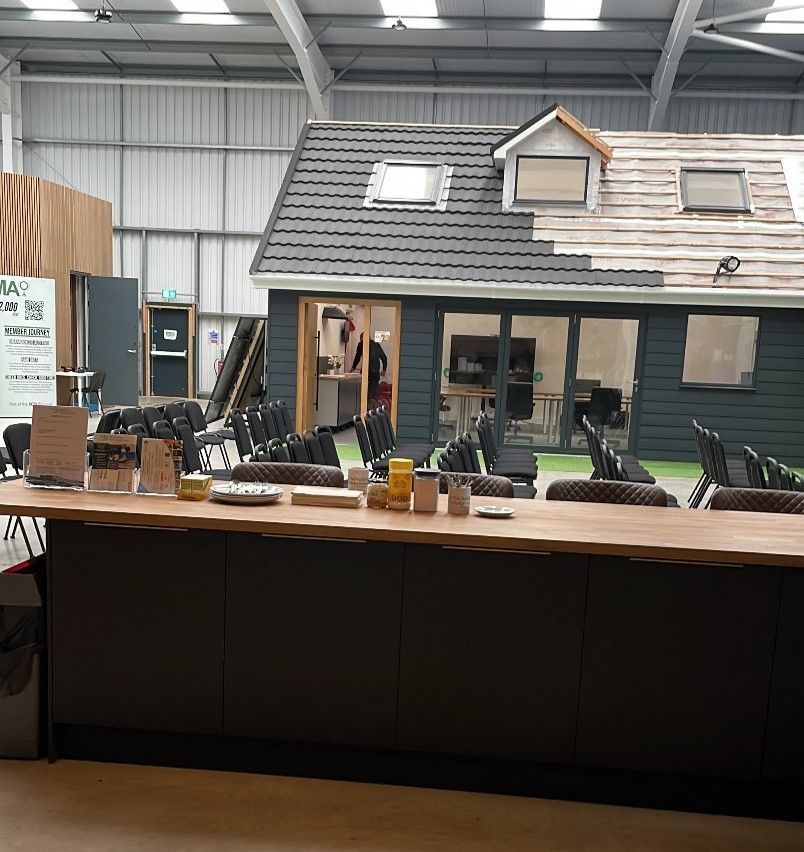Overheating risk in New Dwellings
Takumi Sloan • April 26, 2021
The assessment of overheating risk in new dwellings within SAP has often been criticised as not detailed enough, particularly for high-risk scenarios Although the
overheating assessment of risk currently sits in AD L1A, it was not part of the Future Homes Standard consultation issued last year. Overheating buildings is a particular area of concern for the Government and this consultation proposes the following changes;
• Introduce a new regulatory requirement for overheating mitigation, alongside new statutory guidance, with the aim of reducing overheating risk in new-build residential buildings.
• Remove the requirement to check overheating risk from SAP and Part L and create a new Approved Document which contains the requirements for developers to ensure residential buildings do not overheat.
• Proposes two alternative approaches to demonstrating compliance with the new requirements;
A simplified method based on prescriptive measures which have different requirements based on location (Greater London or elsewhere) and dwelling type (Houses or flats and residential units)
A dynamic thermal analysis method using the CIBSE TM59 methodology
• Guidance on ensuring the overheating strategy does not provide unacceptable levels of noise at night for occupants.
• The information must be given to the owner about the strategy used to prevent overheating.
For further information on the risks of overheating in new dwellings please give us a call at Ashby Energy Assessors
and speak directly with James Rivers.
Ashby Energy Assessors Blog and News

Biodiversity Net Gain (BNG) is an approach designed to leave the natural environment in a better state than before. It requires developers to assess the impact of their projects on local ecosystems and take active steps to ensure that the biodiversity is not only preserved but enhanced. As environmental concerns have gained more attention, BNG has emerged as a vital framework for mitigating the negative effects of development on nature, offering a systematic way to restore and improve ecosystems. This is particularly important in the local context, where urbanization and development often place heavy pressure on biodiversity.

Energy efficiency requirements for new homes and non-domestic buildings are set by Part L (Conservation of Fuel and Power) and Part 6 of the Building Regulations 2010 (“the Building Regulations”). The consultation paves the way for achieving the Future Homes Standard and Future Buildings Standard. It explores technical proposals for changes to the Building Regulations, the associated Approved Document guidance and calculation methods.


